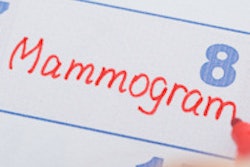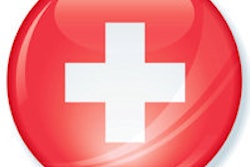Taking a woman's health risk profile into account can reduce the number of cancer instances missed and also cut the number of false positives, according to research presented at a conference of the Institute for Operations Research and the Management Sciences (INFORMS) in Washington, DC.
Mehmet Ayvaci, PhD, and colleagues at the University of Texas at Dallas found that when radiologists considered a woman's breast cancer risk factors -- such as family history, reproductive history, age, and ethnicity -- at the time of mammogram interpretation, false negatives were reduced by 3.7% and false positives by 3.22%.
Ayvaci's team analyzed the diagnostic performance of radiologists when reading mammograms with three different protocols:
- A mammogram-only reading, with no risk profile information about the patient
- An "unbiased reading," in which radiologists consulted a patient's risk profile after examining the mammogram
- "Biased" or "influenced" readings, in which radiologists consulted a woman's risk profile as they examined the mammogram
Using patient profile information reduced false positives and the number of missed cancers, compared with cases where profile information was not examined, the group concluded.



















